This article was medically reviewed by Erik Kramer, DO, MPH. Dr. Erik Kramer is a Board-Certified Primary Care Physician at the University of Colorado. With over 15 years of experience, his clinical interests include obesity and weight management, diabetes care, and preventive care, as well as embracing a holistic approach to primary care. He received his Doctorate in Osteopathic Medicine (D.O.) from the Touro University Nevada College of Osteopathic Medicine and completed his residency at Central Maine Medical Center. Dr. Kramer is a Diplomate of the American Board of Obesity Medicine.
There are 8 references cited in this article, which can be found at the bottom of the page.
This article has been viewed 13,269 times.
Trichomoniasis is a sexually transmitted infection (STI) that is caused by a parasite in the vagina or urethra. Men and women can get trichomoniasis, but it affects them differently. If you suspect that you may have trichomoniasis, it’s important to get treated as soon as possible. Having trichomoniasis can increase your risk of getting a more serious infection, such as HIV. It also increases the risk of pelvic inflammatory disease and cervical neoplasia in women, and pre-term birth and low birth rates in pregnant women with the condition. Treating trichomoniasis is easy with prescription antibiotics and by following up with your doctor. It’s also important to protect yourself against future infections since reinfection after an initial infection is common.[1]
Steps
Taking a Prescription Medication
-
1See your doctor for a diagnosis. Your doctor will conduct a physical examination of your genitals to check for swelling and discharge. Women with trichomoniasis also sometimes have red splotches on the inside of their vaginal walls. If your healthcare provider suspects trichomoniasis, they can run a urine test or swab your penis or vagina to get confirmation.[2]
- Make sure to tell your healthcare provider about any symptoms you are having, such as pain on urination, burning, swelling, discharge, or abdominal pain.
- Ask your doctor to test you for gonorrhea and chlamydia along with trichomoniasis. These diseases are all transmitted in similar ways, so it’s possible to have more than one at a time.
-
2Take the prescribed antibiotics exactly as instructed. There are three types of antibiotic medication that are commonly prescribed for trichomoniasis. Two are given in a single mega-dose, while the third is a smaller dose that you need to take twice per day for 1 week. Follow your doctor’s instructions carefully and take the medication exactly as instructed. Your doctor may prescribe:[3]
- A single 2-g dose of tinidazole.
- A 7-day course of 500-mg metronidazole taken twice daily OR a single 2-g dose (note that the 7-day course is tolerated better than the single dose, which often causes gastrointestinal side effects).
Advertisement -
3Don’t drink alcohol for 72 hours after taking the antibiotics. Drinking alcohol too soon after completing your antibiotic course can result in adverse reactions, such as severe nausea and vomiting. To avoid this, wait at least 72 hours after your last dose of antibiotic before consuming any alcohol.[4]
- For example, if you take the last dose of your medication on Monday at 1:00pm, don’t drink any alcohol until after this time on Thursday.
-
4Ensure that all of your sexual partners get treated as well. Along with getting treated yourself, tell your sexual partners that you have trichomoniasis. Let them know that they should get tested and, if needed, treated as well. Otherwise, you may be reinfected with trichomoniasis the next time you have intercourse with them and you’ll have to take antibiotics to treat the infection again.[5]
Warning: Be aware that you do not develop immunity to trichomoniasis after having it! You can keep getting infected again and again.
Following up with Your Doctor
-
1Tell your doctor if your symptoms continue or worsen. Your symptoms should subside within a few days of treatment. However, if they don’t go away, call your healthcare provider and let them know. You may need another round of antibiotics or a stronger medication. Symptoms of trichomoniasis are different for women and men. Common symptoms include:[6]
- For women: yellowish-greenish colored vaginal discharge that may have a foul smell, swelling, soreness, or itchiness around your vagina, pain when you pee or have sex, and pain in your lower abdomen.
- For men: thin, white discharge from the tip of your penis, pain or a burning sensation when you urinate, and soreness, swelling, and redness around the head of your penis or foreskin.
-
2Tell your doctor if you had a problem taking the antibiotics. If you vomited after taking your medication, forgot a dose, or didn’t take the medication for another reason, tell your doctor. You may need to repeat the antibiotic treatment or take a different medication if you couldn’t tolerate the first medication.[7]
Tip: You may need to take the antibiotics with a meal to reduce any unpleasant side effects of the medication, such as nausea. Check the medication’s instructions to be sure.
-
3Get re-tested for trichomoniasis 3 months after treatment. Reinfection is not likely if you follow safe sex precautions and your partner gets tested and treated as well, but it is possible to get trichomoniasis again. Get retested if your doctor recommends it or if you notice any symptoms of another infection.[8]
- Be aware that your doctor might not recommend re-testing unless you have symptoms.
Preventing Another Infection
-
1Wait for at least 1 week to resume sexual intercourse. You can still spread the infection within the first week after treatment even if your symptoms are gone. To play it safe, don’t have sex for 1 week after you have been treated for trichomoniasis and ensure that you have no symptoms left. If you're still having symptoms, continue to hold off on sex and call your doctor.[9]
- If sex is unavoidable, wear a condom or have your partner use a condom. If you have oral sex, use a dental dam.
-
2Follow safe sex practices when you resume having sex. If you’re not in a mutually monogamous relationship, then it’s important to observe safe sex practices every time you have intercourse. Otherwise, you’re at risk of getting trichomoniasis again. Use condoms for vaginal and anal sex and dental dams for oral sex.[10]
Tip: Check with your local health department or clinic to see if you can get free condoms and dental dams.
-
3Ensure that your sexual partners have been tested for STIs. Regular testing for STIs can help to prevent diseases from spreading. Talk to your partners about their sexual health and find out when they were last tested. Although it might not be pleasant to bring up, it’s important to do this to protect yourself.[11]
- Try saying something like, “I just got tested last month and I’m currently free of any STIs. When was your last test?”
Warnings
- Trichomoniasis can last for months or even years, but the treatment for it is easy and painless. Get tested and treated for the infection if you think you might have it.⧼thumbs_response⧽
References
- ↑ https://my.clevelandclinic.org/health/diseases/4696-trichomoniasis
- ↑ https://www.nhs.uk/conditions/trichomoniasis/diagnosis/
- ↑ https://www.plannedparenthood.org/learn/stds-hiv-safer-sex/trichomoniasis/how-do-i-get-treated-trichomoniasis
- ↑ https://www.mayoclinic.org/diseases-conditions/trichomoniasis/diagnosis-treatment/drc-20378613
- ↑ https://www.cdc.gov/std/trichomonas/stdfact-trichomoniasis.htm
- ↑ https://www.avert.org/sex-stis/sexually-transmitted-infections/trichomoniasis
- ↑ https://www.nhs.uk/conditions/trichomoniasis/treatment/
- ↑ https://my.clevelandclinic.org/health/diseases/4696-trichomoniasis
- ↑ https://www.cdc.gov/std/trichomonas/stdfact-trichomoniasis.htm

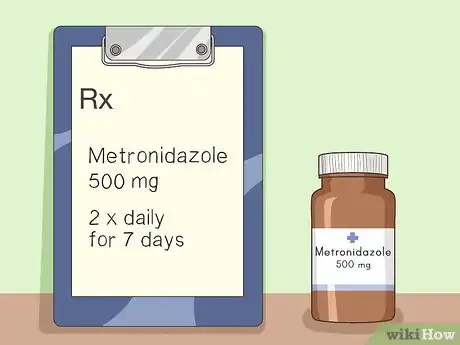
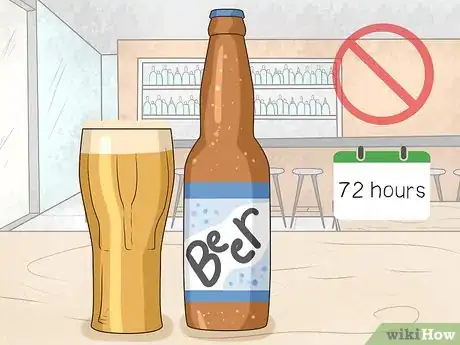
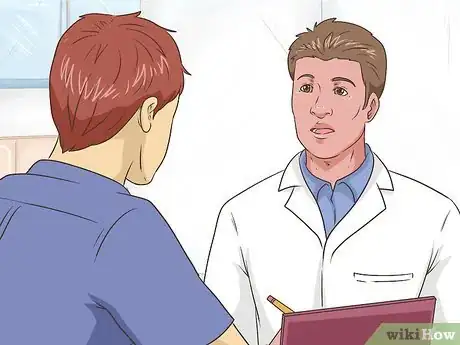
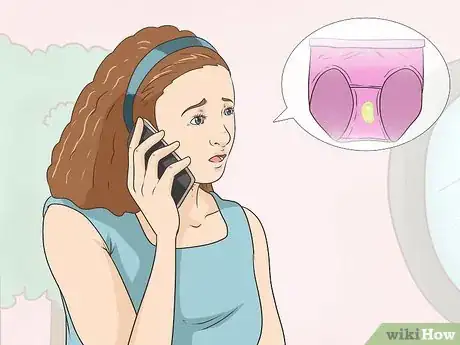
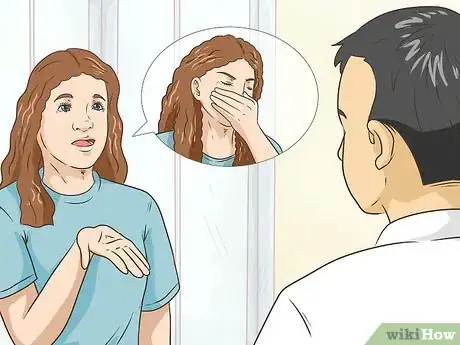
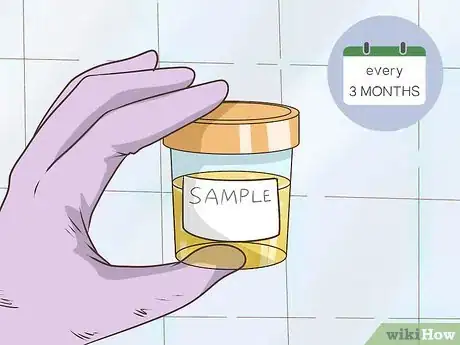
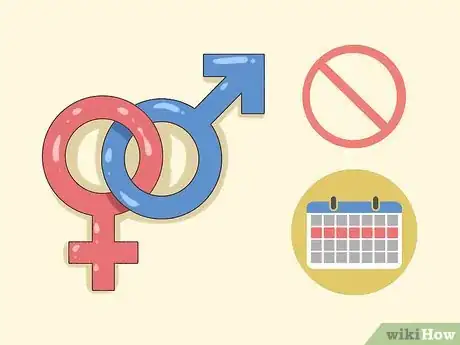
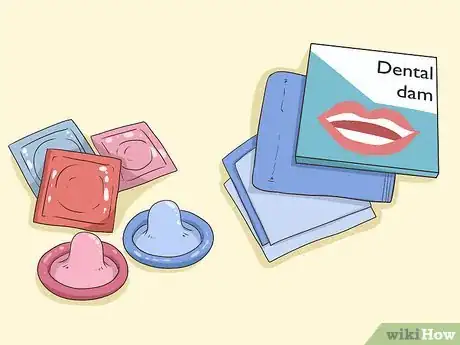

-Step-17.webp)

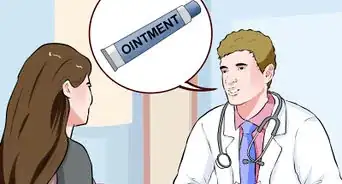
-Step-11-Version-2.webp)



-Step-10.webp)
-Step-13.webp)

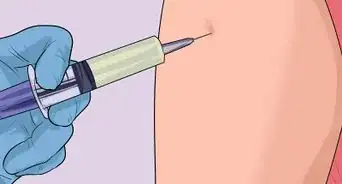
-Step-9.webp)
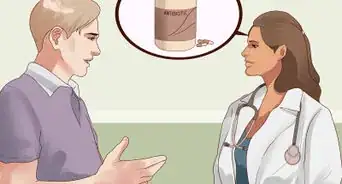
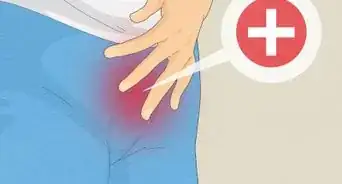







-Step-17.webp)
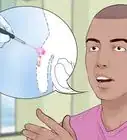

-Step-11-Version-2.webp)



































Medical Disclaimer
The content of this article is not intended to be a substitute for professional medical advice, examination, diagnosis, or treatment. You should always contact your doctor or other qualified healthcare professional before starting, changing, or stopping any kind of health treatment.
Read More...